What’s Up?
I changed my flight from late on Thursday to very early on Thursday (tomorrow, 18 DEC). Jim will be picking me up at Orlando just a bit after 9am.
I was glad to learn of the sale of Jim Miller’s Canon 600 II and his 1.4X III TC within hours of being listed yesterday.
I am heading to Nickerson Beach this afternoon in search of a reported Snowy Owl and perhaps some large flocks of wintering Sanderling and a few gulls.
|
|
|
My Images from a trip to Longyearbeyn with Patrick and Robin Sparkman in 2011 — could it be that long ago? Images copyright Arthur Morris/BIRDS AS ART |
Svalbard Arctic Nesting Bird IPT
If you are interested in joining me for a week of bird photography in Arctic Norway (Longyearbyen, Svalbard) in mid-June of this year, please shoot me an e-mail immediately. Common and King Eider, Red-throated Loon, Red Phalarope, Ivory Gull, jaegers, Dovekie, and lots more. This trip fits perfectly with the Cheeseman’s Svalbard Islands June 23 to July 6, 2020 Polar Bear trip. I will be on that.
Please …
Please consider leaving a comment and letting us know which of today’s eight featured images is your favorite, and why.
IPT Updates
- The 2020 San Diego 4 1/2-DAY BIRDS AS ART Instructional Photo-Tour (IPT) WED JAN 8, 2020 thru and including the morning session on SUN JAN 12: 4 1/2 days: $2099.(Limit: 8/Openings: 5)
Do check out the San Diego Gallery here.
Click here for complete IPT info and details.
BIRDS AS ART
BIRDS AS ART is registered in the U.S. Patent and Trademark Office.
Money Saving Reminder
If you need a hot photo item that is out of stock at B&H, would enjoy free overnight shipping, and would like a $50 discount on your first purchase over $1000.00, click here to order and enter the coupon code BIRDSASART at checkout. If you are looking to strike a deal on Canon or Nikon gear (including the big telephotos) or on a multiple item order, contact Steve Elkins via e-mail or on his cell at (479) 381-2592 (Eastern time) and be sure to mention your BIRDSASART coupon code and use it for your online order. Steve has been great at getting folks the hot items that are out of stock at B&H. Those include the SONY a7r IV, the SONY 200-600, the SONY 600mm f/4 GM, and the Nikon 500mm PF. Steve is eager to please.


Gear Questions and Advice
Too many folks attending BAA IPTs and dozens of photographers whom I see in the field and on BPN, are–out of ignorance–using the wrong gear especially when it comes to tripods and more especially, tripod heads… Please know that I am always glad to answer your gear questions via e-mail. Those questions might deal with systems, camera bodies, accessories, and/or lens choices and decisions.
|
|
|
This image was created by Patrick Sparkman on Saturday December 14, 2019 at La Jolla, CA. Patrick used the handheld Sony FE 600mm f/4 GM OSS lens and the Sony Alpha a9 Mirrorless Digital camera body. ISO 3200. Exposure determined by Zebras: 1/1250 sec. at f/4 in Manual mode. AWB. WIDE AF. Image #1: Pacifc Race Brown Pelican braking to land.Image courtesy of and copyright 2019: Patrick Sparkman.Click on the image to see a larger, inexplicably sharper version. |
An e-mail from Patrick
I finally got out to La Jolla with the 600 yesterday. It was a mostly cloudy morning, with a really large swell and a 6-foot high tide — ideal conditions. The point was covered with birds! The road is open, and there are even more parking spots down the left side than there were before. The Bridge Club and bathrooms are fenced off for some reason, but there are porta-potties to use. So overall, things are really good!
The Brandt’s Cormorants are starting to nest, and there are a lot more 1st-year Heerman’s Gulls this year; that makes me happy. But the real show-stoppers are the pelicans. They are really beautiful this year. There are lots of both white-necks and black-necks, with a few odd juvies and second-year birds.
This was the first time that I have been out with the 600 GM and the A9 with the Animal Eye AF firmware update. The 600 is absolutely unbelievable!! It is light and easy to handhold with the most amazing sharpness of any lens that I have ever used, especially with the 2X. With Canon, I could always tell the images that I shot at 1200mm just by looking at them in the editing software. They had lower contrast and sharpness, still usable, but definitely noticeable. With the Sony combo, however, I have to look at the file data because the 1200mm images look so good. As for the A9, it continues to be the most-fun-to-use camera body ever for me. The fact that it occasionally locks onto the bird’s eye is icing on the cake for me; it is really neat when that happens. But the real killer plus is the ease of flight shots with the 600 alone, with the 1.4X, and even the 2X. With the 600 bare, it is almost like shooting stills — just point and shoot. I know that the A7R boodies have better image quality, but the A9 is just more fun to use and much better for flight. I am thinking about just selling my A7r III, getting an a9II, and using my A9 as a backup. I have always been frustrated using a slower, higher resolution body along with a faster, lower resolution camera; I always seem to have the wrong camera on the wrong lens. I find that I enjoy the a9 more and make more good images with it, especially with the viewfinder not blacking out.
Included are a few images from Saturday morning.
|
|
|
This image was created by Patrick Sparkman on Saturday December 14, 2019 at La Jolla, CA. Patrick used the handheld Sony FE 600mm f/4 GM OSS lens and the Sony Alpha a9 Mirrorless Digital camera body. ISO 400. Exposure determined by Zebras: 1/1600 sec. at f/4 in Manual mode. AWB. WIDE AF. Image #2: Pacifc Race Brown Pelican tight incoming flightImage courtesy of and copyright 2019: Patrick Sparkman.Click on the image to see a larger, inexplicably sharper version. |
SONY WIDE AF
Note that with 5 of today’s featured images, Patrick opted to go with WIDE AF. And got great results. Notice the stellar performance with getting the eye sharp in Image #2, possible only because of the incredible 93% AF coverage.
|
|
|
This image was created by Patrick Sparkman on Saturday December 14, 2019 at La Jolla, CA. Patrick used the handheld Sony FE 600mm f/4 GM OSS lens and the Sony Alpha a9 Mirrorless Digital camera body. ISO 250. Exposure determined by Zebras: 1/500 sec. at f/4 in Manual mode. AWB. Upper Right ZONE AF. Image #3: Pacifc Race Brown Pelican classic vertical head and neck portraitImage courtesy of and copyright 2019: Patrick Sparkman. |
(Dark) Chocolate Necks
Patrick calls birds in this plumage Black Necks. I call them Chocolate Necks because in soft light (as opposed to full sun) they appear a dark chocolate brown with just a hint of reddish tones. Note the classic pose and the classic framing along with the perfect head angle.
|
|
|
This image was created by Patrick Sparkman on Saturday December 14, 2019 at La Jolla, CA. Patrick used the handheld Sony FE 600mm f/4 GM OSS lens, the Sony FE 1.4x Teleconverter, and the Sony Alpha a9 Mirrorless Digital camera body. ISO 1250. Exposure determined by Zebras: 1/160 sec. at f/5.6 in Manual mode. AWB. Upper Left Zone AF w/Animal Eye locked on. Image #4:Pacific race Brown Pelican immature posing tightImage courtesy of and copyright 2019: Patrick Sparkman. |
Hatch-year Pelicans
Birds of the year or hatch-year birds were hatched during the last breeding season. During their first winter, they are somewhere in the vicinity of five to seven months old. The tiny, neat white fringing on many of the upperparts feathers are characteristic of many juvenile birds including gulls and terns and shorebirds and raptors. I might have processed Image #4 a bit warmer. Note the absolutely stunning pose; had the bill been on the other side of the bird’s neck this would have been an insta-delete. But Patrick was well aware of that before he pushed the shutter button.
|
|
|
This image was created by Patrick Sparkman on Saturday December 14, 2019 at La Jolla, CA. Patrick used the handheld Sony FE 600mm f/4 GM OSS lens, the Sony FE 1.4x Teleconverter, and the Sony Alpha a9 Mirrorless Digital camera body. ISO 1250. Exposure determined by Zebras: 1/500 sec. at f/8 in Manual mode. AWB. WIDE AF with Animal Eye locked on. Image #5: Pacific race Brown Pelican adult white-neck tightImage courtesy of and copyright 2019: Patrick Sparkman. |
Adding and Removing TCs in the Field
Note that Patrick worked with the 600 alone, at 840mm with the 1.4X TC, and with the 2X at 1200mm. Some photographers are reluctant to add or subtract TCs in the field in fear of sensor dust (especially with mirrorless camera bodies!). For Patrick and me, that is an insane approach. Practice adding or subtracting a TC in the comfort of your home until it becomes second nature. When you are in the field, simply keep your back to the wind and execute the switch quickly without dropping anything and you will not need to worry about sensor dust. I will be creating and posting a short mirrorless camera body sensor cleaning video soon.
|
|
|
This image was created by Patrick Sparkman on Saturday December 14, 2019 at La Jolla, CA. Patrick used the handheld Sony FE 600mm f/4 GM OSS lens, the Sony FE 2.0x Teleconverter, and the Sony Alpha a9 Mirrorless Digital camera body. ISO 3200. Exposure determined by Zebras: 1/1250 sec. at f/8 in Manual mode. AWB. WIDE AF. Image #6: Heerman’s Gull immature in FlightImage courtesy of and copyright 2019: Patrick Sparkman.Click on the image to see a larger, inexplicably sharper version. |
1200mm Flight Photography
As noted in the blog post here, flight photography at 1200mm with the SONY 600 GM is almost too easy … The fact that Patrick does it handheld astounds me.
|
|
|
This image was created by Patrick Sparkman on Saturday December 14, 2019 at La Jolla, CA. Patrick used the handheld Sony FE 600mm f/4 GM OSS lens, the Sony FE 2.0x Teleconverter, and the Sony Alpha a9 Mirrorless Digital camera body. ISO 2500. Exposure determined by Zebras: 1/320 sec. at f/9 in Manual mode. AWB. WIDE AF. Image #7: Heerman’s Gull immature tight head portraitImage courtesy of and copyright 2019: Patrick Sparkman.Click on the image to see a larger, inexplicably sharper version. |
Vignetting or the Lack Thereof with SONY Gear
Patrick works wide open (at the widest aperture) even more than I do. We both have been astounded by the absence of vignetting (a darkening of the corners of an image) with SONY gear even when working wide open with teleconverters. Even with the 2X. With Image #7, Patrick stopped down a lot (for him!) from f/8 to f/9. Why? Because additional depth-of-field is needed when working at or close to the minuimum focusing distance of the lens.
|
|
|
This image was created by Patrick Sparkman on Saturday December 14, 2019 at La Jolla, CA. Patrick used the handheld Sony FE 600mm f/4 GM OSS lens, the Sony FE 1.4x Teleconverter, and the Sony Alpha a9 Mirrorless Digital camera body. ISO 640. Exposure determined by Zebras: 1/500 sec. at f/5.6 in Manual mode. AWB. Center Left ZONE AF. Image #8: Pacific race Brown Pelican adult preeningImage courtesy of and copyright 2019: Patrick Sparkman. |
Somebody Once Wrote …
Somebody once wrote, When photographing preening birds strive to create images with the bird’s eye both visible and wide open and with the plane of the bird’s head and face perfectly parallel to the back of the camera (to the imaging sensor). Patrick must have read that somewhere as he executed that strategy perfectly.
|
|
|
San Diego offers a wealth of very attractive natural history subjects, including and especially the Pacific race of California Brown Pelican. With annual visits spanning more than four decades, I have lots of photographic experience there … Click on the composite to enjoy a larger version. |
The 2020 San Diego 4 1/2-DAY BIRDS AS ART Instructional Photo-Tour (IPT) WED JAN 8, 2020 thru and including the morning session on SUN JAN 12: 4 1/2 days: $2099.(Limit: 8/Openings: 5)
Introductory Meet and Greet at 7:00pm on the evening before the IPT begins; WED JAN 7, 2020.
Join me in San Diego to photograph the spectacular breeding plumage Brown Pelicans with their fire-engine red and olive green bill pouches; Brandt’s (nesting with eggs and possibly chicks) and Double-crested Cormorants; breeding plumage Wood and Ring-necked Duck; other duck species possible including Lesser Scaup, Redhead, and Surf Scoter; a variety of gulls including Western, California, and the gorgeous Heermann’s, all in full breeding plumage; shorebirds including Marbled Godwit, Willet, Sanderling and Black-bellied Plover; many others are possible including Least, Western, and Spotted Sandpiper, Whimbrel, Black and Ruddy Turnstone, Semipalmated Plover, and Surfbird; Harbor Seals (depending on the current regulations) and California Sea Lions; and Bird of Paradise flowers. And as you can see by studying the IPT cards, there are some nice bird-scape and landscape opportunities as well. Not to mention a ton of excellent flight photography opportunities and instruction.
Please note: where permitted and on occasion, ducks and gulls may be attracted (or relocated) with offerings of grains or healthy bread.
Learning Exposure, Whether You Like It Or Not
Whether you like it or not, we will be beating the subject of exposure like a dead horse. In every new situation, you will hear my thoughts on the exposure situation along with my thoughts on both Nikon and Canon histograms and the subject of blinkies. Whether you like it or not, you will learn to work in manual mode and to get the right exposure every time as long as a bird gives you ten seconds with the light constant. And you will learn what to do when the light is changing constantly. What you learn about exposure will be one of the great takeaways on every IPT.
|
|
|
Though the pelicans will be the stars of the show on this IPT, there will be many other handsome and captivating subjects in wonderful settings. Click on the composite to enjoy a larger version. |
It Ain’t Just Pelicans
With gorgeous subjects just sitting there waiting to have their pictures taken, photographing the pelicans on the cliffs is about as easy as nature photography gets. With the winds from the east almost every morning there is usually some excellent flight photography as well. And the pelicans are almost always doing something interesting: preening, scratching, bill pouch cleaning, or squabbling. And then there are those crazy head throws that are thought to be a form of intra-flock communication. You will be guided as to how to make the best of all of those opportunities. And depending on the weather and local conditions and tides, there are a variety of fabulous photo chances available in and around San Diego.
|
Did I mention that there are lots of great birds and natural history subjects in San Diego in winter? Click on the composite to enjoy a larger version. |
The San Diego Details
This IPT will include five 3 1/2 hour morning photo sessions, four 2 1/2 hour afternoon photo sessions, four lunches, and after-lunch image review and Photoshop sessions. To ensure early starts, breakfasts will be your responsibility. And so that we can get some sleep, dinners will be on your own.
A $599 non-refundable deposit is required to hold your slot for this IPT. You can send a check (made out to “Arthur Morris) to us at BIRDS AS ART, PO Box 7245, Indian Lake Estates, FL, 3385, or call Jim or Jennifer at the office with a credit card at 863-692-0906. Your balance, payable only by check, is due upon registration. Please print, complete, and sign the form that is linked to here and shoot it to us along with your deposit check. If you register by phone, please print, complete and sign the form as noted above and either mail it to us or e-mail the scan. If you have any questions, please feel free to contact me via e-mail.
Travel Insurance
Travel insurance for both big international trips and US-based IPTs is highly recommended as we never know what life has in store for us. I strongly recommend that you purchase quality travel insurance. Travel Insurance Services offers a variety of plans and options. Included with the Elite Option or available as an upgrade to the Basic & Plus Options you can also purchase Cancel for Any Reason Coverage that expands the list of reasons for your canceling to include things such as sudden work or family obligation and even a simple change of mind. My family and I use and depend on the great policies offered by TIS whenever we travel. You can learn more here: Travel Insurance Services. Do note that many plans require that you purchase your travel insurance within 14 days of our cashing your deposit check or running your credit card. Whenever purchasing travel insurance, be sure to read the fine print carefully even when dealing with reputable firms like TSI.
|
Variety is surely the spice of life in San Diego. Click on the composite to enjoy a larger version. |
Getting Up Early and Staying Out Late
On all BIRDS AS ART IPTS including and especially the San Diego IPT, we get into the field early to take advantage of unique and often spectacular lighting conditions and we stay out late to maximize the chances of killer light and glorious sunset silhouette situations. We often arrive at the cliffs a full hour before anyone else shows up to check out the landscape and seascape opportunities.
If In Doubt …
If you are in doubt about using the BAA B&H affiliate link correctly, you can always start your search by clicking here. Please note that the tracking is invisible. Web orders only. Please, however, remember to shoot me your receipt via e-mail.


Please Remember to use my Affiliate Links and to Visit the BAA Online Store 🙂
To show your appreciation for my continuing efforts here, we ask, as always, that you get in the habit of using my B&H affiliate links on the right side of the blog or Bedfords, for all of your photo and electronics purchases. Please check the availability of all photographic accessories in the New BIRDS AS ART Online Store, especially the Mongoose M3.6 tripod head, Wimberley lens plates, Delkin flash cards and accessories, and LensCoat stuff.
As always, we sell only what I have used, have tested, and can depend on. We will not sell you junk. We know what you need to make creating great images easy and fun. And please remember that I am always glad to answer your gear questions via e-mail.
I would, of course, appreciate your using our B&H affiliate links or Bedfords for all of your major gear, video, and electronic purchases. For the photographic stuff mentioned in the paragraph above, and for everything else in the new store, we, meaning BAA, would of course greatly appreciate your business. Here is a huge thank you to the many who have been using our links on a regular basis and those who will be visiting the New BIRDS AS ART Online Store as well.
Be sure to like and follow BAA on Facebook by clicking on the logo link upper right.
Typos
In all blog posts and Bulletins, feel free to e-mail or to leave a comment regarding any typos or errors. Just be right :).

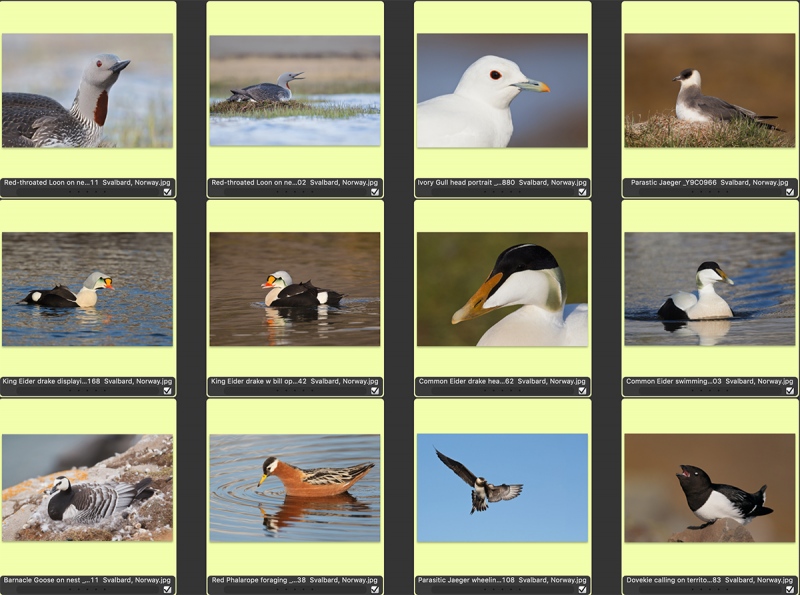

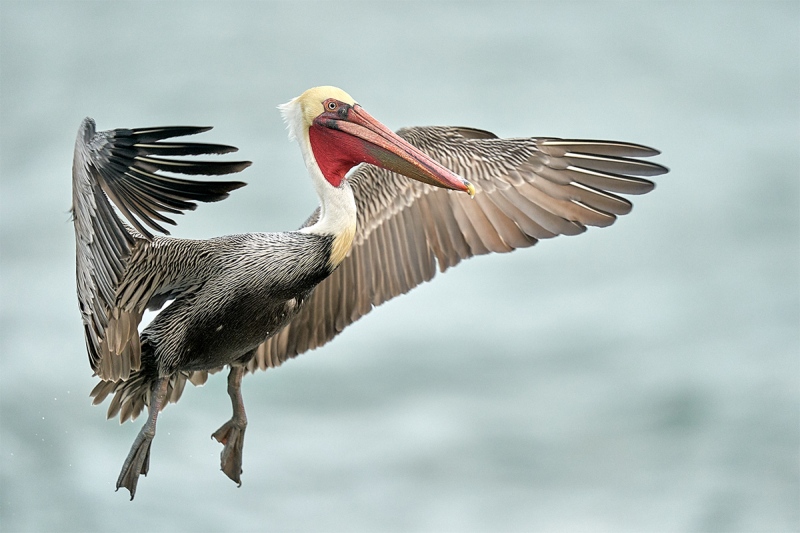
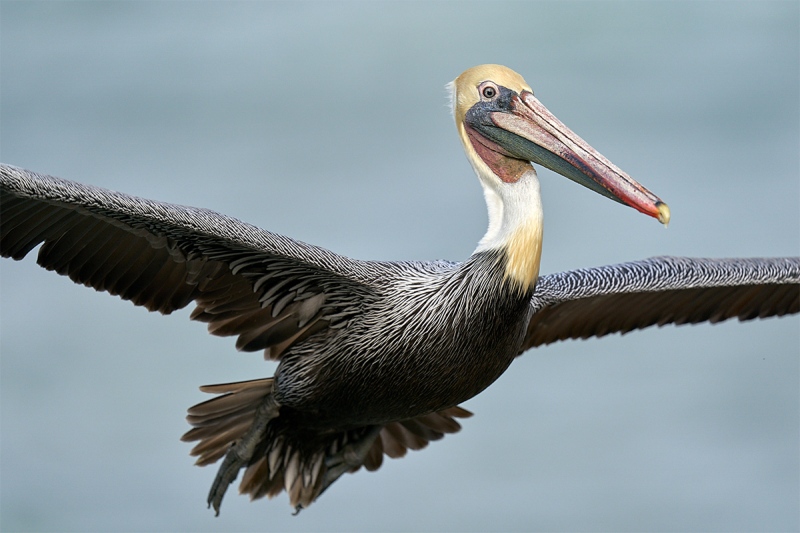
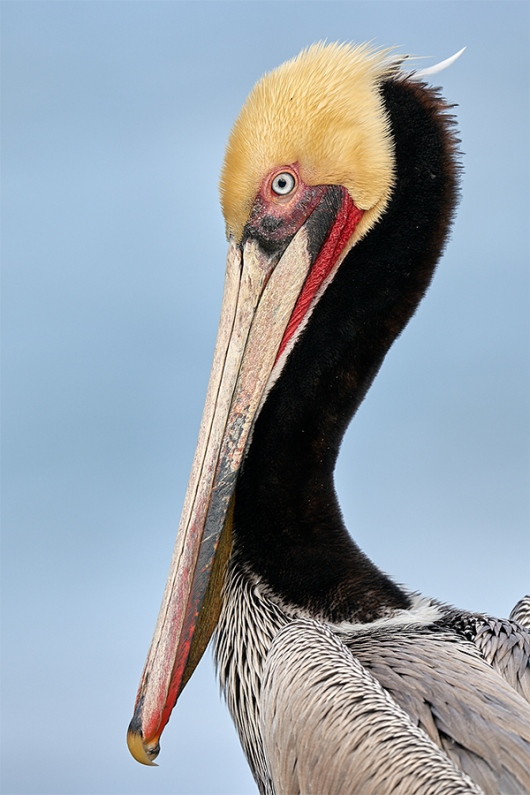
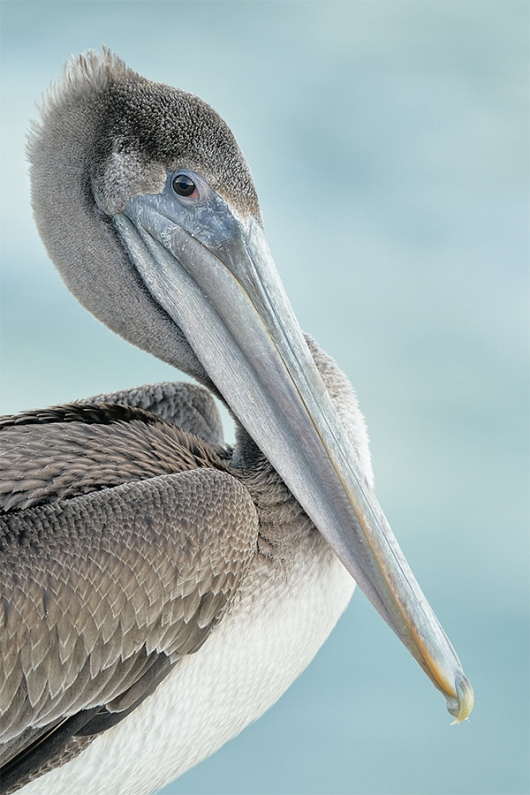
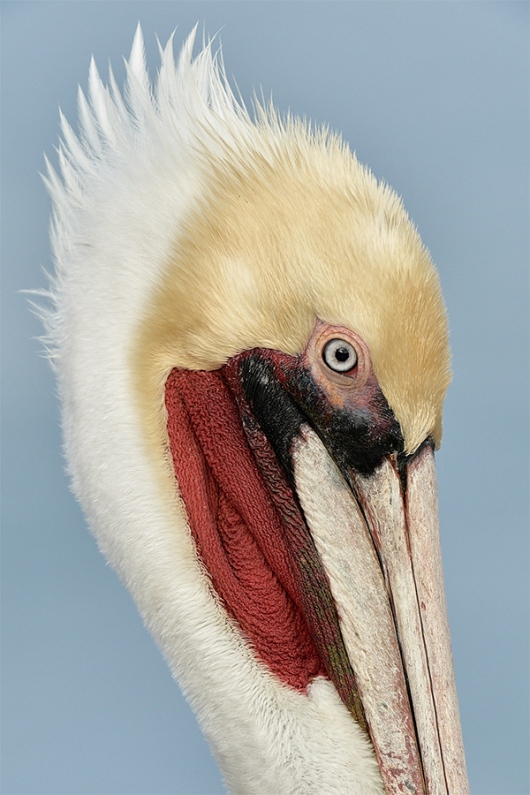
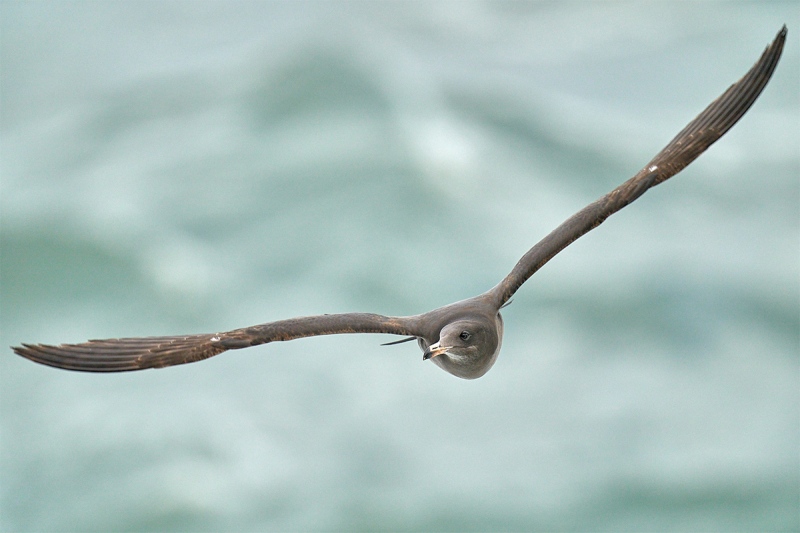
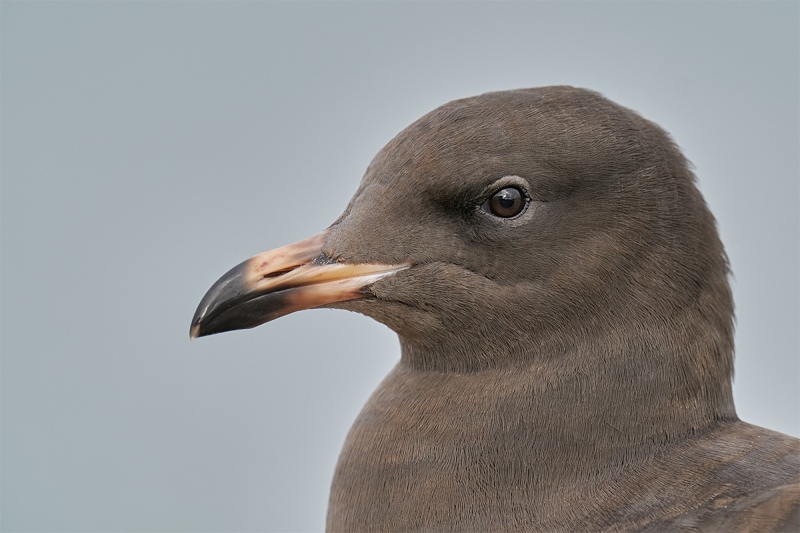
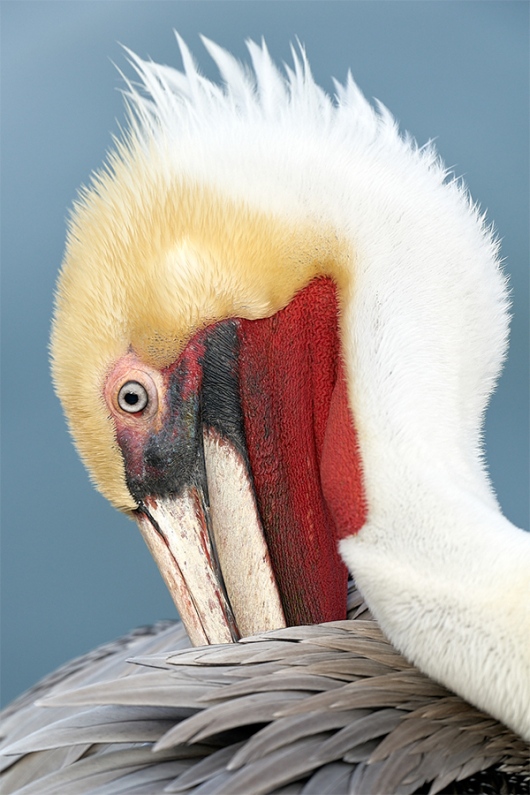
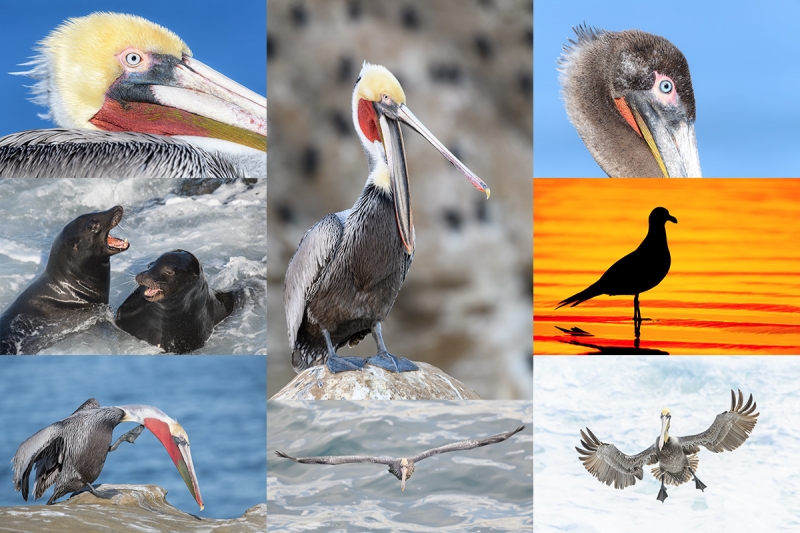
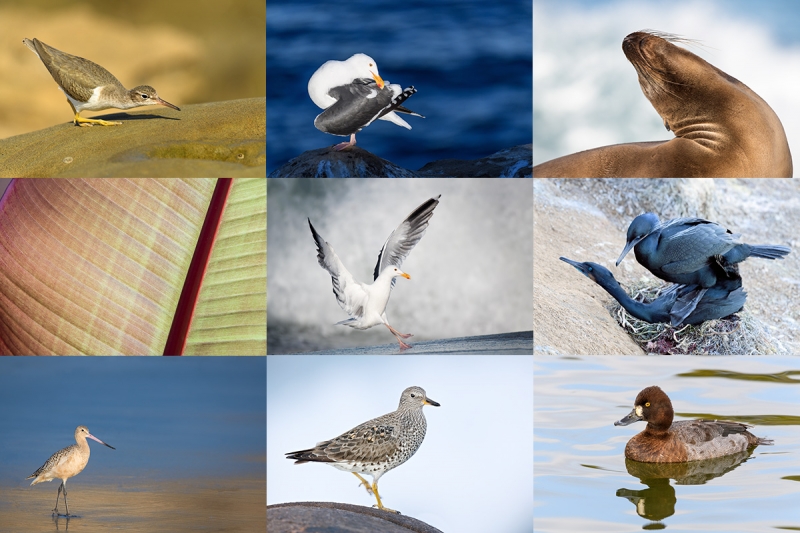















My vote goes with image #1 – I am drawn to the colors, composition and the near perfect portrayal of arrested motion of the bird. – kudos to Patrick on all the images!
I am curious as to when Sony A9 shooters refer to shooting WIDE are they referring to Focus Area – WIDE or Focus Area – TRACKING: WIDE?
I am using the A9 and 100-400mm (often with the 1.4xTC) – if I want to take things up a notch should I consider the next purchase to be the A9II body or the 200-600mm lens – can’t afford both at the same time.
Thanks for leaving a comment, Jim. When we say WIDE, Patrick and I are referring to WIDE alone. As for me, I am trying to understand what the various TRACKING modes are supposed to do …
I would definitely keep the a9 and go for a 200-600. Bedfords is your very best bet as you save $50 by using the BIRDSASART code at checkout and some folks on the B&H list have been waiting close to a year while Steve Elkins has been delivering them every week …
with love, artie
“I always seem to have the wrong camera on the wrong lens.” I agree with Patrick. Same dilemma here! Unlike Patrick, I refuse to give up the 400 2.8. The 600 is simply too much for me to hand hold so its on the tripod with either a 1.4 or 2X. Pretty amazing with 2X and tracking far away birds with the a9. But the A9 needs to be on the 400 with a 1.4x ready for nearer flight shots. So, I’m leaning the same way, 2 A9’s. If you know birds are going to be stationary, you can go the A7Riii or IV route, but the IQ of the a9 sensor is pretty darn good and I’m not sure you are giving up that much with the smaller sensor. Decisions, decisions, decisions. Way too many decisions! All great images, but I lean toward the inflight immature Heerman’s Gull. You just don’t see full frame images like that often with that quality.
Don’t forget the a9 II :).
a
Steve, I always strive to have the camera sensor exposed for the least amount of time possible. So my procedure if the Camera is mounted to the bare lens and I want to install a TC: Turn off the camera, pull out the TC and remove the caps, remove the camera from the lens, put the TC on the camera, put the Camera/TC combo on the lens, turn on the camera. You do need to be careful not to get dust in the lens, but the camera is the most important.
Now to remove the TC, I follow this process: Turn off the camera, removed the Camera/TC combo from the lens, remove the TC from the camera, place the camera back on the lens, put the caps on the TC and put it away, turn on the camera. If I am swapping from one TC to another I first follow this procedure to remove the TC that I want to change, then follow the install procedure with the new TC. You are asking for trouble to have two TC’s, and a camera in your hands and manage the caps and everything. Unless you are an Octopus, there is a good chance you will drop something in the ocean!
Thanks, Patrick. Correcto-mundo!
with love, artie
With a teleconverter, do you generally mount the TC to the body first and the the lens to the TC, or do you mount the lens to the TC first and then the combination to the body?
I like #1, 3 and 8. Seems like each of them is more “self contained”; close, but with less going off the edges of the image. All are superb in my opinion. Patrick, please accept my congratulations.
I can’t believe all the years I lived in San Diego I was never aware of the colors in these birds (I have been gone 35 years; not sure they changed in that time…). When I went through SERE school in ’74 at NAS North Island we did see Pelicans diving off the jette, so I knew they were around. This was in June, so the plumage was not the same, and they were hardly close enough to see any color that might have been there.
You might want to check the dates in your “San Diego Details” section. Still says 2018.
Be well.
Thanks, Guido. I fixed my typo.
I love #8.
with love, artie